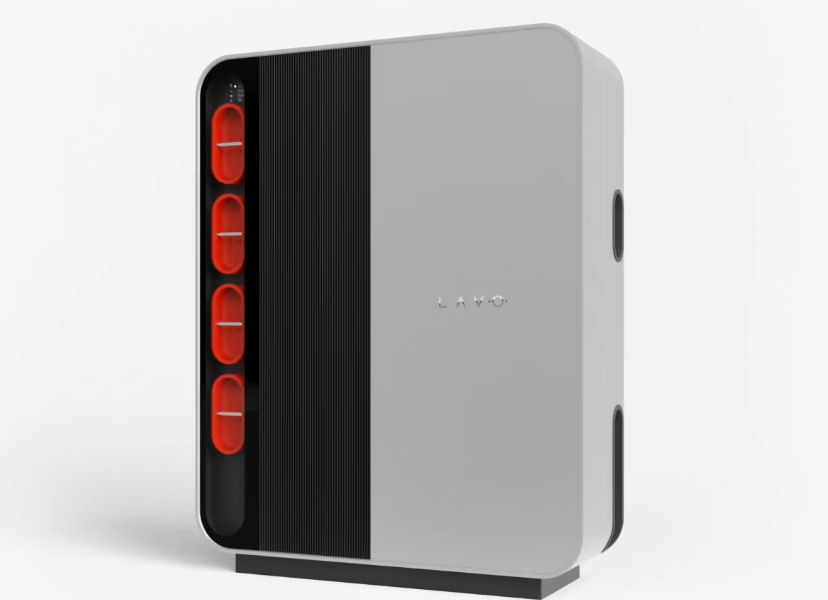Smart Home Energy Strategy & Design
With my new smart home, my goal is that our home (and our transport) will not be dependent on the network for power. This will be achieved by using both passive and smart features to make it incredibly efficient. It will also generate energy locally and store it locally.
Off Grid
My projects and their results lead me to believe that our home is going to work best "off grid", with no connection to the gas network or electricity network. Projects like my smart home solar installation project, combined with advances in technologies and other methods of energy generation, lead me to be confident that we can power our home and transport all year round.
Energy Efficiency
The key to energy efficiency is a well insulated home. I plan to exceed all UK building regulations in this respect by a large margin. In addition a whole home air filtration and ventilation system will be used with heat exchangers, to both heat and cool our home. This is in addition to the under floor heating system.
Energy Generation
- A large array of solar PV panels will be mounted on the roof and also at ground level on solar trackers (if space allows).
- A wind turbine will also be used to generate electricity.
Ground Source Heat Pump
I plan to use a ground source heat pump with a Coefficient of Performance (CoP) of more than 4, to heat our home. So, for each kilowatt of electricity used to run the heat pump, more than four kilowatts of heat can be delivered into our home. The plan is that even during the coldest winter months, our home will generate enough electricity from our solar panels and our wind turbine.
Air Source Heat Pump
Whilst air source heat pumps are cheaper and easier to install, they don't provide the same level of performance as ground source heat pumps, especially in colder weather.
Energy Storage
My plan is to use batteries for energy storage of the excess energy generated by my solar panels during the day or by my wind turbine. This combined with a very well insulated home, should be enough to ensure we can keep nice and warm during the coldest of days. There is always the fall-back options of using power from the grid, though I'm designing our home to avoid this.

Energy storage technology is always advancing and you don't necessarily need to use traditional batteries. Companies like Lavo use an integrated hybrid hydrogen battery, which has 40kWh capacity and a much longer lifetime than batteries.
Gas
As much as I like cooking using a gas hob, I will forgo it in our next home, opting for an induction hob instead. This will avoid the complexities and costs of installing gas and also the standing charges associated with gas supply. This also makes our home a little bit safer in my view.
Smart Home
All of the energy generation and usage will be monitored by my contextual smart home, since it has the whole home context to make the best decisions in terms of prioritising loads.



